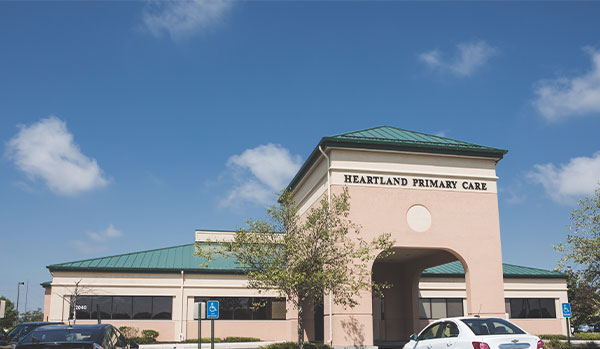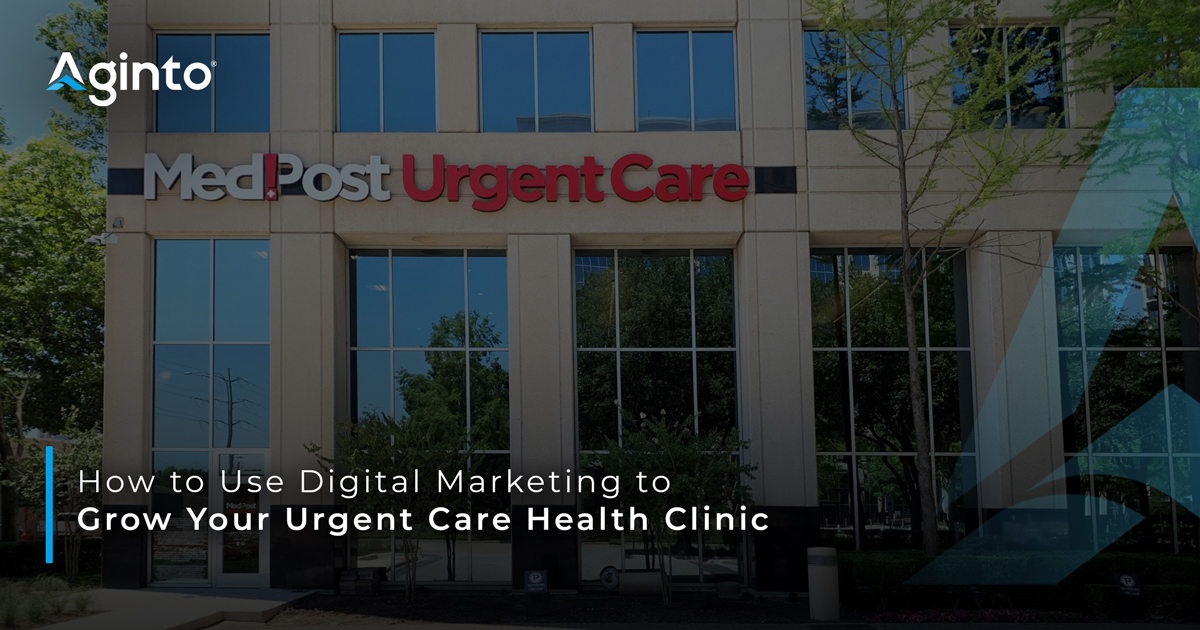Understanding the Role of Urgent Care in Giving Timely Therapy for Non-Life-Threatening Problems
Immediate care centers have emerged as an essential element of the healthcare landscape, dealing with the prompt demands of individuals with non-life-threatening conditions. Comprehending the subtleties of urgent treatment might substantially impact client results and the total effectiveness of medical care distribution.
What Is Urgent Care?
Immediate care refers to a category of medical solutions developed to attend to non-life-threatening conditions that require prompt attention. These centers work as an intermediary between health care medical professionals and emergency clinic, supplying a hassle-free alternative for individuals who require timely treatment without the comprehensive waiting times usually related to emergency situation departments.
Immediate treatment centers are normally staffed by physician, including physicians, registered nurse experts, and physician aides, who are educated to detect and treat a vast variety of problems. Typical solutions offered by these facilities include therapy for minor injuries, ailments, and infections, as well as diagnostic examinations such as X-rays and lab work.
Furthermore, immediate care centers typically accept walk-in individuals, eliminating the need for consultations. On the whole, urgent care plays a crucial duty in the medical care system, making sure people can access vital clinical services quickly and effectively.

Several people may locate themselves unclear regarding when to seek treatment at an urgent treatment center as opposed to a medical care physician or an emergency clinic. Immediate care is made to resolve non-life-threatening problems that require timely attention yet are not serious enough to warrant an emergency situation space go to.
Usually, one ought to consider urgent treatment for issues such as small fractures, strains, cuts requiring stitches, or infections like urinary system infections. In addition, cold or flu symptoms, rashes, and allergies can additionally be properly taken care of in this setting.
It is very important to keep in mind that urgent care is not suitable for life-threatening emergency situations, such as upper body pain, problem breathing, or extreme bleeding, which demand immediate emergency area treatment.
Individuals who do not have access to a main care doctor or can not safeguard a prompt consultation may likewise gain from immediate treatment solutions. Ultimately, recognizing when to utilize urgent care can result in a lot more reliable healthcare shipment, permitting people to obtain the appropriate level of care based on their certain wellness demands.
Advantages of Urgent Treatment Centers
Selecting urgent care facilities for non-life-threatening conditions offers several benefits that enhance patient experience and availability. One key benefit is the reduced wait times contrasted to traditional emergency clinic. Urgent care facilities normally run on a first-come, first-served basis, enabling individuals to get prompt clinical focus without the lengthy delays frequently related to hospital settings.
Furthermore, urgent treatment facilities supply extended hours, including weekend breaks and nights, fitting patients with differing timetables. This adaptability makes certain that people can seek care when it is most hassle-free for them, additionally promoting timely intervention.

Furthermore, these centers usually provide a detailed variety of solutions, consisting of small treatments and analysis tests, all under one roofing system. This loan consolidation of services not only improves the person experience yet additionally cultivates a much more natural approach to managing non-life-threatening wellness problems, ultimately profiting general client end results.
Common Problems Dealt With
At urgent treatment centers, a selection of non-life-threatening conditions can be effectively dealt with, providing clients with available and prompt clinical assistance. These facilities are particularly proficient at addressing problems that call for prompt interest but do not present an immediate risk to life or arm or leg.
Usual conditions treated at urgent treatment facilities include minor injuries such as strains, cracks, and strains. Furthermore, they take care of diseases like colds, influenza, and infections, consisting of urinary tract infections and sinusitis. Skin problem, varying from breakouts to insect bites, are likewise regularly attended to. Immediate treatment facilities are equipped to carry out essential analysis examinations, such as X-rays and laboratory tests, enabling them to give thorough treatment.
Moreover, urgent care suppliers Get More Info can carry out inoculations, assisting to stop the spread of infectious conditions - Urgent Care. They additionally use solutions for minor procedures, such as suturing wounds or draining pipes abscesses. By using these diverse solutions, immediate care centers play an important role in linking the space between primary treatment and emergency services, guaranteeing individuals get prompt treatment for a broad variety of problems without the requirement for long haul times usually related to emergency rooms
Just How Urgent Treatment Supports Medical Care System
Immediate care facilities play a critical role in sustaining the total medical care system by relieving the problem on emergency departments and providing timely accessibility to healthcare for non-life-threatening problems. By handling situations such as small injuries, infections, and health problems, immediate care centers enable emergency situation departments to concentrate on more important patients calling for immediate focus.
Additionally, urgent care facilities enhance health care accessibility, using prolonged hours and an easier choice to standard use this link health care settings. This availability is particularly helpful for patients who may not have a routine medical professional or who need instant treatment outside of regular workplace hours. As a result, urgent care centers successfully reduce wait times and enhance person fulfillment.
Additionally, urgent care centers add to cost financial savings for both individuals and the healthcare system by offering lower-cost solutions compared to emergency departments. This monetary effectiveness is essential in a period of climbing medical care prices, allowing clients to receive required care without incurring outrageous expenditures.
Verdict
To conclude, immediate treatment centers play a crucial function in the health care system by providing punctual therapy for non-life-threatening problems. By linking the space between medical care and emergency clinic, these centers make sure that individuals get timely medical attention without the lengthy delay times commonly connected with emergency situation divisions. The ease of access and efficiency of immediate treatment centers contribute significantly to reducing the overall concern on medical care sources, boosting person end results, and promoting an extra efficient health care delivery system.
Immediate treatment facilities have arised as an essential part of the health care landscape, attending this to the instant needs of individuals with non-life-threatening conditions. Immediate care check outs typically sustain lower out-of-pocket expenses contrasted to emergency situation division check outs, making treatment extra budget-friendly for people without compromising high quality. Urgent treatment facilities are equipped to perform required analysis tests, such as X-rays and lab tests, allowing them to supply detailed treatment.
By providing these varied services, immediate treatment centers play a vital role in linking the gap between key treatment and emergency services, ensuring individuals get prompt therapy for a broad range of problems without the demand for long wait times usually linked with emergency spaces.
In addition, urgent treatment facilities enhance health care access, offering prolonged hours and a much more practical choice to conventional main treatment setups.